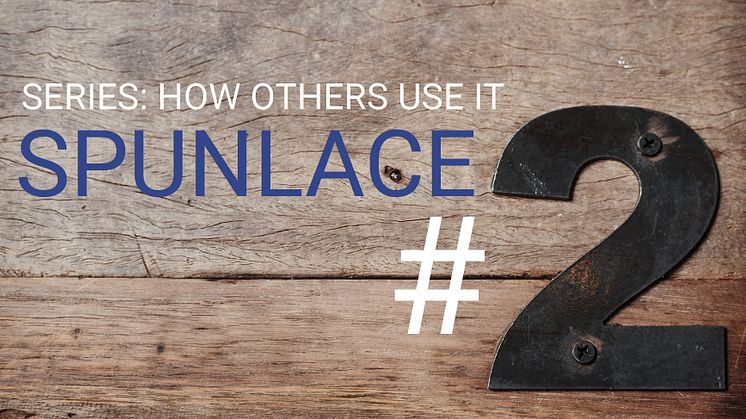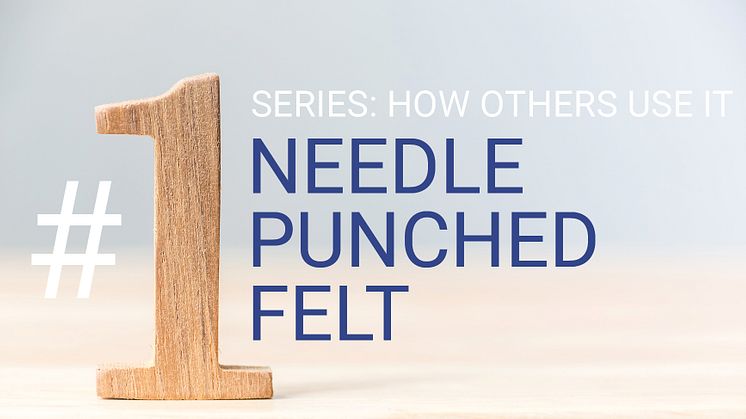
News -
#2 SPUNLACE - Series: How other industries use it
In our second article om nonwovens, we have a look at Spunlace - a soft and stretchy nonwoven that is commonly used in different types of wipes. It often contains viscose making it able to absorb liquids.
General properties of spunlace
- Absorbing
- Stretchy
- Soft
- Breathable
- Withstands liquids
Used in wipes
The material is primarily used for wipes. There is a very wide array of wipes available on the market, both wet and dry. Spunlace is especially well fitted for wet wipes as it absorbs liquid and has a high level of wet strength (unlike paper that deteriorates from liquids). Its soft texture makes it ideal for wipes used on skin, such as hygiene wipes and baby wipes. Read more about nonwoven wipes...
While the properties of the spunlace can be controlled by mixing different types of fibres, polyester and viscose are the fibres most commonly used. It makes it possible to control the level of absorption. Unlike spunbond, spunlace gives off fibres, meaning that spunlace is not suitable for wound care products. Read more about Spunlace or Spunbond.
Stretchy but not elastic
Spunlace is very stretchy, but it is not elastic. It means that it will lose its shape when stretched. For product that requires more elasticity where the material returns to its original shape after being stretched, we recommend elastic spunbond which is also very soft and skin friendly.
Read more about spunlace on Scandinavian Nonwoven’s website where you also can order spunlace samples.


